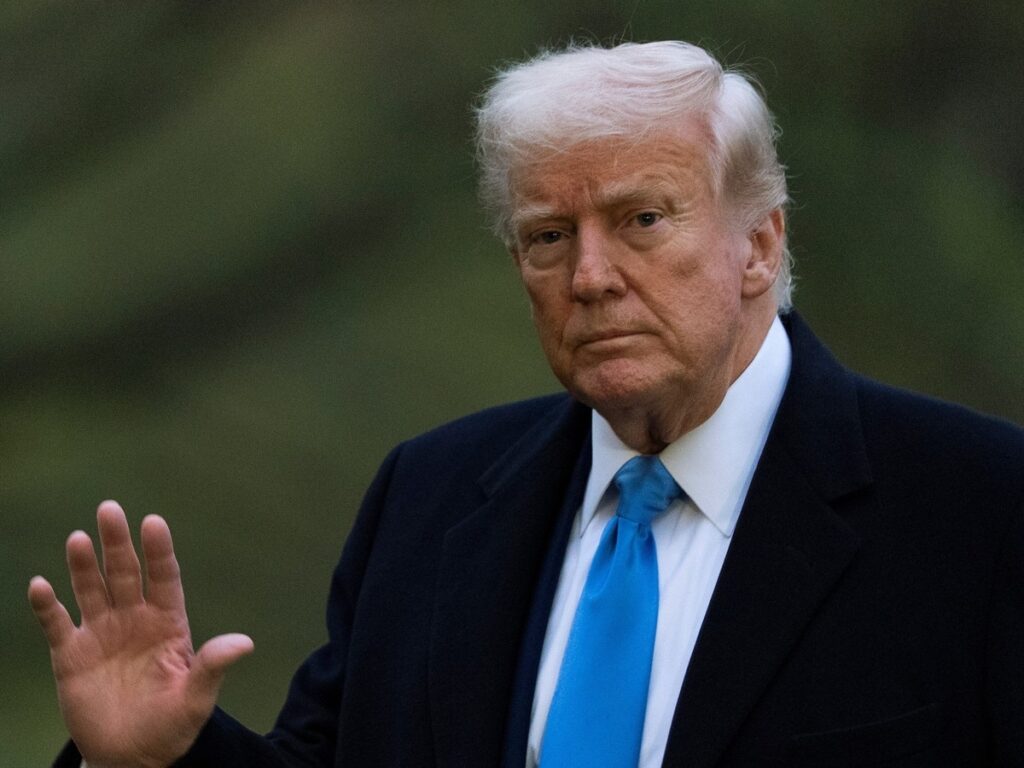The ongoing tariff war initiated by former President Donald Trump has sent shockwaves through global markets, reminiscent of the turbulent economic climate of the 1930s during the Great Depression. Trump’s steadfast belief in tariffs as a necessary remedy for the nation’s economic issues parallels the actions taken by President Herbert Hoover, who also resorted to tariffs in a misguided attempt to protect American industries. This article delves into the historical context, implications of tariffs, and their impact on both the economy and international trade.
Historical Context of Tariff Wars
The concept of tariff wars is not new. In fact, one of the most notable examples occurred in the United States in the early 20th century when the Smoot-Hawley Tariff Act was enacted in 1930. This legislation significantly raised import duties on a wide array of goods, aiming to shield American agriculture from foreign competition.
Impact of the Smoot-Hawley Tariff Act
| Year | Unemployment Rate (%) | Global Trade ($ Billion) |
|---|---|---|
| 1929 | 3.2 | 102 |
| 1933 | 25.2 | 31 |
The results were catastrophic, as the stringent tariffs reduced international trade dramatically, which in turn exacerbated the economic downturn. By 1933, global trade had plummeted by more than 60%, contributing to rising unemployment and widespread economic despair. The parallels between the Smoot-Hawley Tariff Act and Trump’s tariffs have led many economists to express concern over potential negative outcomes today.
Trump’s Tariff Strategy
In 2018, Donald Trump implemented tariffs on a variety of goods, particularly targeting countries like China, Canada, and Mexico. The administration justified these tariffs as a means to protect American jobs and industries, particularly in sectors like steel and aluminum.
Short-Term vs Long-Term Effects
While proponents argue that tariffs can provide short-term benefits for specific industries, they can also lead to long-term economic challenges:
- Increased Costs: Tariffs typically raise the prices of imported goods, which can lead to inflation for consumers.
- Trade Retaliation: Other countries may respond with their own tariffs, leading to a decrease in exports and further market instability.
- Job Losses in Export Industries: Industries reliant on exports could suffer as international markets become less accessible.
Global Repercussions of Tariff Wars
The ongoing trade disputes can create a ripple effect throughout the global economy. Countries involved in trade wars often see fluctuations in stock markets and a general decline in consumer confidence. Additionally, emerging markets may suffer disproportionately as they are often more reliant on trade with larger economies.
Case Studies of Affected Economies
Some economies have already reported negative impacts due to ongoing tariff disputes. For instance:
- Chinese Economy: A significant decrease in exports to the United States has forced China to consider stimulus measures to counterbalance the economic slowdown.
- European Union: The EU has faced challenges in agricultural sectors, leading to protests from farmers affected by retaliatory tariffs imposed by the U.S.
Conclusion
The tariff wars, as seen with both Trump and Hoover, illustrate the potential dangers inherent in protectionist policies. While tariffs may seem like a straightforward solution to economic woes, history shows that they can lead to greater economic challenges and instability. Policymakers must consider these lessons from the past to navigate current and future trade issues wisely.
